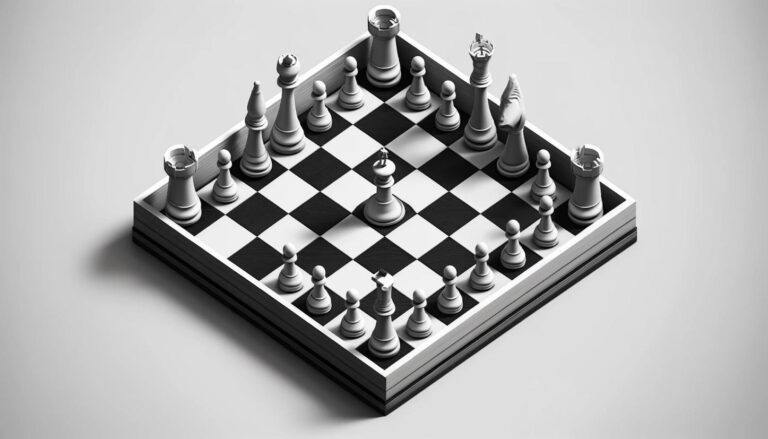Introduction
AI, or artificial intelligence, has revolutionized many industries, including gaming. In particular, AI has greatly advanced the field of chess, a popular strategy game that has been around for centuries. With the use of AI, the game of chess has become more sophisticated, with strategies and tactics that were previously unheard of. One such tactic is Removing the Defender, which involves sacrificing a piece to gain material advantage on the board. In this article, we will delve deeper into this tactic and how it can lead to victory in a game of chess.
What is Removing the Defender?
Removing the Defender is a tactical move in chess where a player sacrifices a piece to remove the defending piece of their opponent, in order to gain material advantage. Material advantage refers to having more pieces on the board, which in turn can give a player more control and power over the game. The concept of Removing the Defender is not new, but with the advancements in AI, it has become a more popular and effective tactic.
How AI Uses Removing the Defender
AI has the ability to analyze thousands of chess positions and outcomes, making it the perfect tool to create and execute complex tactical moves such as Removing the Defender. With its vast computing power, AI can identify patterns and weaknesses in the opponentâs defense, and utilize the tactic of Removing the Defender to gain an advantage. It also allows AI to quickly calculate all possible moves and their consequences, making it harder for human players to anticipate and counter the tactic.
The Psychology Behind Removing the Defender
In chess, there is an old adage that âthe threat is stronger than the executionâ. This means that sometimes the mere threat of a tactical move can be more powerful than actually executing it. Removing the Defender plays into this psychology, as it puts the opponent in a position where they have to constantly defend against possible sacrifices, diverting their attention and resources away from their original strategy. This can create psychological pressure, making the opponent more prone to making mistakes or overlooking important moves.
Examples of Removing the Defender in Action
One of the most famous examples of Removing the Defender is the game between Paul Morphy and Duke Karl of Brunswick in 1858. In this game, Morphy sacrificed his queen to remove the defender of his opponentâs king, which ultimately led to a checkmate. This move became known as Morphy’s Opera Game and is considered a classic and brilliant example of Removing the Defender in chess.
Conclusion
Removing the Defender is a powerful and complex tactic in chess that has become even more prevalent with the use of AI. It involves sacrificing a piece to remove the defender of an opponentâs piece, gaining material advantage on the board. With the analytical capabilities of AI, this tactic has become more refined and effective, making it an important tool in the game of chess. As AI continues to evolve, it will be interesting to see how it utilizes and evolves this tactic and others in the game of chess.







